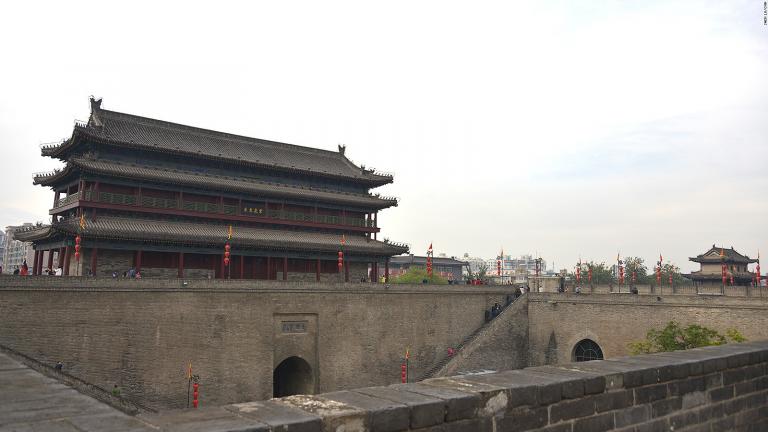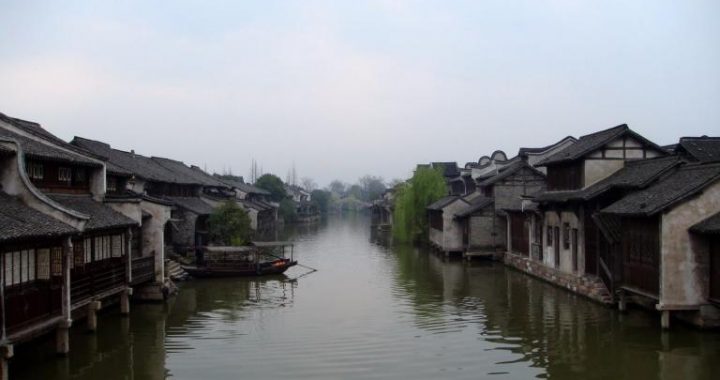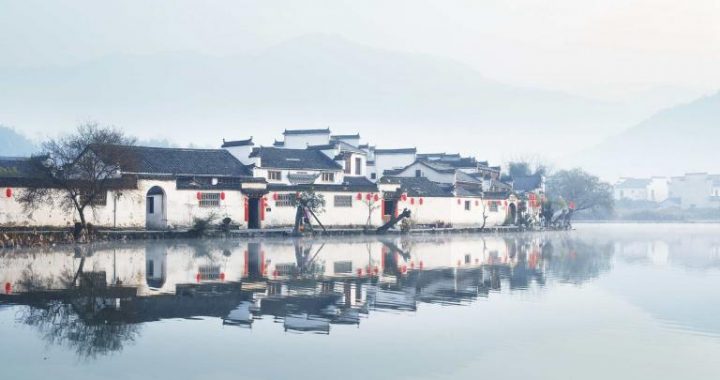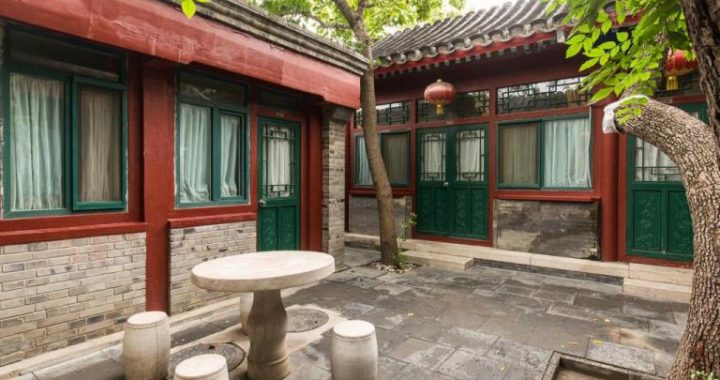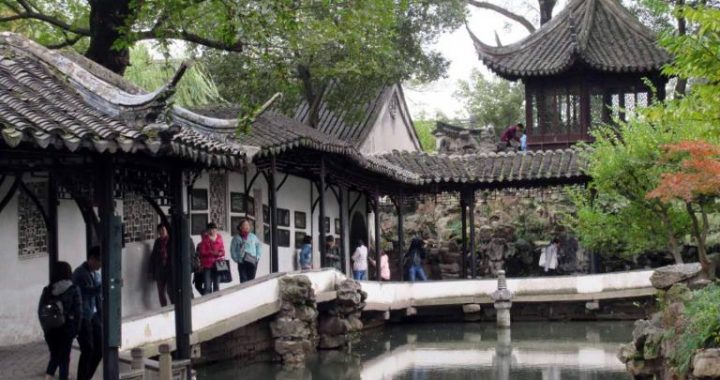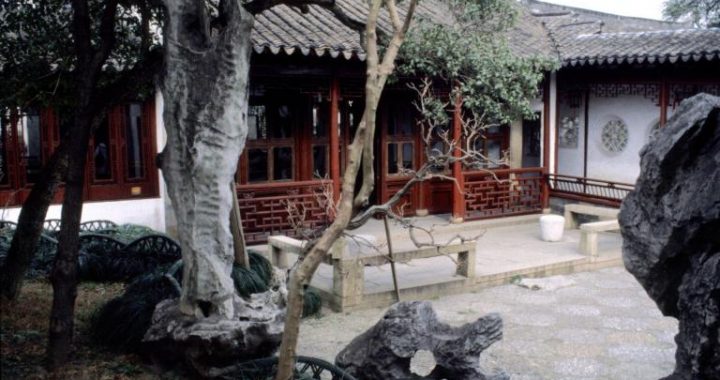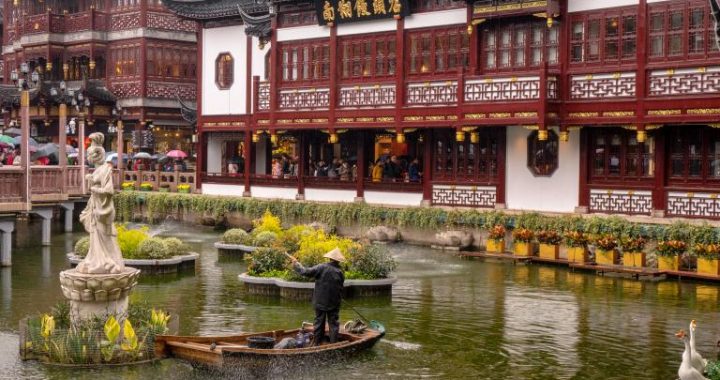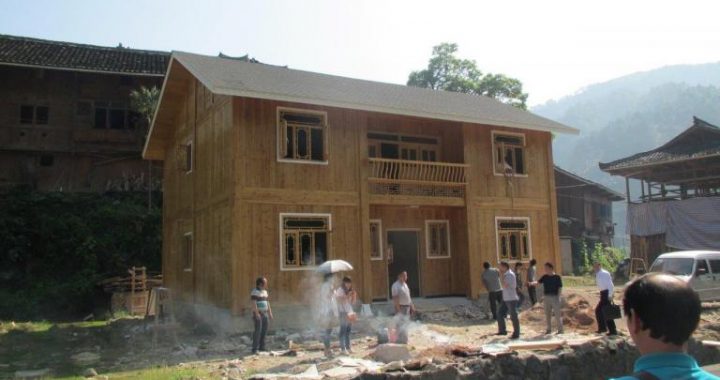Ancient Chinese city wall
3 min readFrequent occurrence of war in ancient China gave rise to the defense works of city walls and trenches, and thus promoted the emergence of cities. City walls became ancient cities’ most important defense structures as a matter of course. The city walls of the earliest cities were fences built with wood, walls built by piling stones or ramming earth, or deep ditches. Before the SongDynasty, few city walls were encased or built with bricks. After the Song Dynasty, because highly destructive gunpowder was used to attack citiesextensively, some important cities began to encase city walls’ important sections for defense with bricks. After the Ming Dynasty, building city walls with bricks became common practice. Some city walls were built by piling bricks and filling and ramming earth in the middle, some were built by ramming earth and adding bricks outside, and a few city walls were completely encased with bricks both inside and outside or had city gate sections encased with bricks both inside and outside. The height and width of city wallsdepended on the city’s size and the importance of defense. The size and number of battlements and city gate towers on city walls also varied with cities’ ranks. There were bastion-shaped extrusions-“buttresses”-on some city walls, mainly for forming vantage ground to attack enemies from both sides; enceintes were built in some important cities to strengthen the function of defense. Besides, there were usually drainage facilities on city walls, including drip tiles stretching farther and drainage ditches inside city walls. Here Nanjing’s ancient city walls are taken as an example.
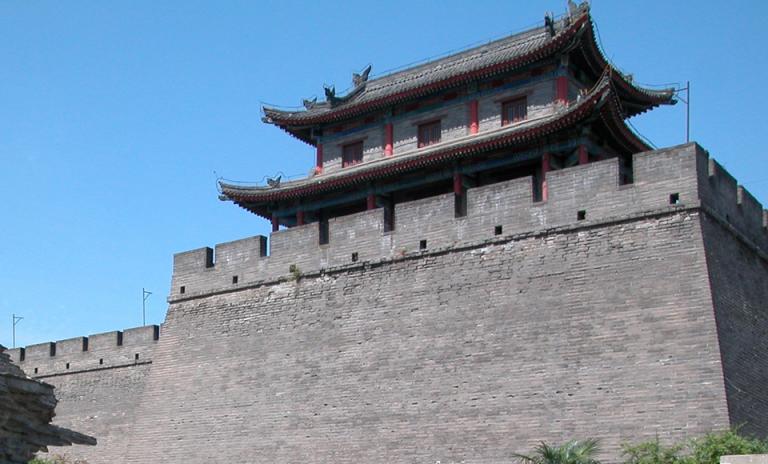
The Yingtian Prefecture of the Ming Dynasty(today’s Nanjing City) was generally recognized as the largest brick city first built in 1366 with the Bell Mountain in the east, Stone City in the west, the Qinhuai River in the south and the Back Lake(Xuanwu Lake) in the north, including capital Jiankang and East Mansion City of the Six Dynasties (229-589) and the Jinling City(including Stone City, Ye City and Xizhou City) of the Southern Tang Dynasty (937-975).
It had an irregular winding shape with a long north-south axis of ten kilometers and a slightly narrow east-west axis of nearly six kilometers along the mountain and river. The perimeter was about 34 kilometers, the height o the city walls was between 14 and 21 meters, the base was about 14 meters wide, and the top was 4-9 meters wide. It was designed completely according to Nanjing’s actual geographical conditions and defense requirements.
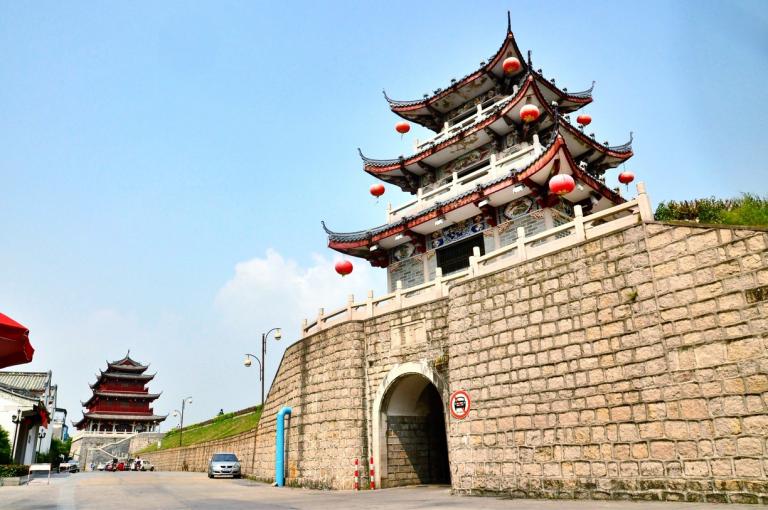
There were a total of 13 city gates in Nanjing’s city walls with imposing city gate towers on them. The Jubao Gate(today’s Zhonghua Gate), Sanshan Gate (today’s Shuixi Gate) and Tongjin Gate had four city walls, forming three rectangular enceintes. Each city gate had one inner gate and one outer gate.
The outer gate was the heavy gate lowered from the city gate tower, and the outer gate was two ironclad wood doors. There were also special facilities called”caves for hiding soldiers”inside the outermost enceinte of the Jubao Gate. There were a total of 23 upper and lower caves, more than 100 soldiers could stay in one cave, and a total of more than 3,000 soldiers could be hidden. Besides,a total of 13,616 battlements and 200 huts were built on the city walls between various city gates.
The building of Nanjing City in the Ming Dynasty was the crystallization of the blood and sweat of people in various provinces in the middle and lower reaches of the Yangtze River. Back then, to build a solid capital, the government ordered people in more than 100 prefectures, districts and counties in Hubei Province, Hunan Province, Jiangxi Province, Anhui Province and Zhejiang Province in the middle and lower reaches of the Yangtze River to burn bricks according to certain specifications. Each brick was carved with the name of the prefecture or county where the brick was made, the name of the supervising official and the name of the brick maker. Each brick’s size was 40×20×10 centimeters, and the weight was ×15-20 kilograms. To make the city walls more solid, the mixture of lime, tung oil and glutinous rice paste was poured into the city walls’ brick work joints, so they could remain undamaged for more than 600 years.
